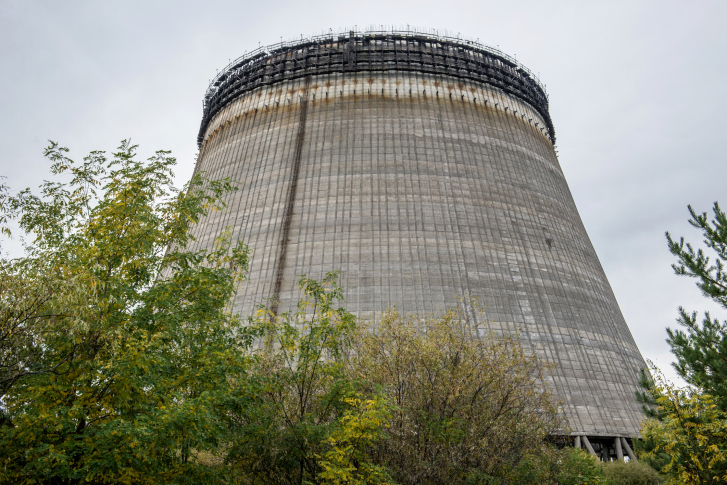Many species in the Chernobyl nuclear exclusion zone have higher population numbers than before the nuclear accident, according to a new study published in Current Biology. The higher population numbers contradict prior assertions that radiation fallout would negatively impact wildlife population numbers.
Better Methodology
The study’s authors, led by Jim Smith of Portsmouth University in England, found no evidence of long-term radiation damage to the animals in Chernobyl. The wolf population in particular is seven times higher in the exclusion zone than in nearby nature reserves, and elk, roe deer, and red deer are also noticeably abundant.
Earlier surveys relied on animal track observations and claimed wildlife populations had diminished. However, the new study included helicopter surveys as well as snow tracks to estimate the wildlife population for more accurate data.
“Researchers have not found any mammal species adversely affected by nuclear radiation,” said Dan Simmons, vice president for policy at the Institute of Energy Research. “This is not necessarily surprising given how large the exclusion zone is and the fact that people do not visit the exclusion zone. These findings about wildlife numbers make us more fully consider the impact of radiation on humans and other mammals.”
Effective Mitigation
“Chernobyl has been the most misunderstood nuclear disaster in history,” said Jay Lehr, science director for the Heartland Institute, which publishes Environment & Climate News. “First there is the fact that only 49 deaths were directly caused by the fire and radiation and followed by the fact that downwind concerns of radiation travel to other countries resulted in no discernible increase in cancer rates.”
“Perhaps even more compelling has been the concern for wildlife, vegetation and potential food crops,” Lehr added. “It was rarely mentioned that an amazingly successful effort was made to eliminate all radiation from the surrounding soil by the planting of a special mustard crop that drew radiation from the soil after which it was harvested and destroyed through burning. After multiple crop plantings, harvests and burnings, the soil was returned to its natural health. As result there has been no negative impact on wildlife at all, which in fact have thrived in the intervening years.”
“Chernobyl has been a classic case of distortion and the hiding of the good news resulting from the outstanding rehabilitation measures taken by scientists assigned to these tasks.”
Human Impact vs. Radiation
While the evidence presented in the study indicates the nuclear radiation has not affected wildlife populations as a whole, the researchers led by Smith maintain the radiation isn’t necessarily beneficial to the wildlife either. The researchers theorize that the population recovery is due to the lack of humans in the area encroaching on their territory by farming, logging, and hunting. Any harmful effects of radiation are overpowered by the benefit of human absence.
Tiffany Taylor ([email protected]) is an intern at The Heartland Institute.




